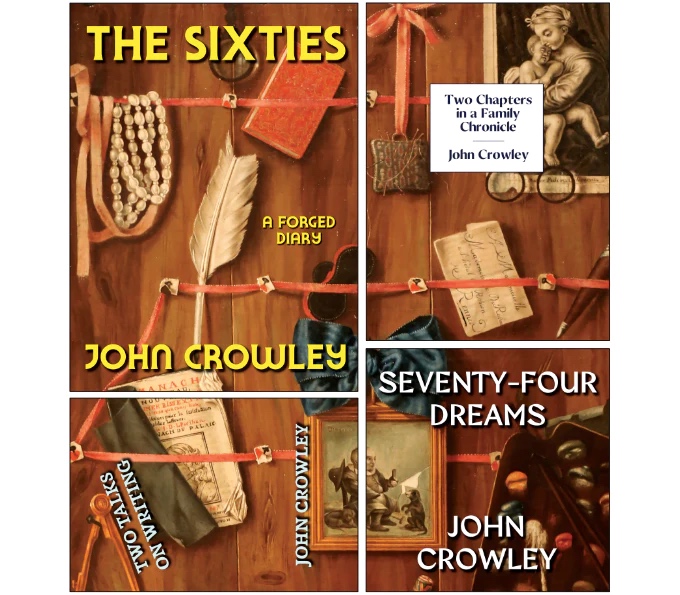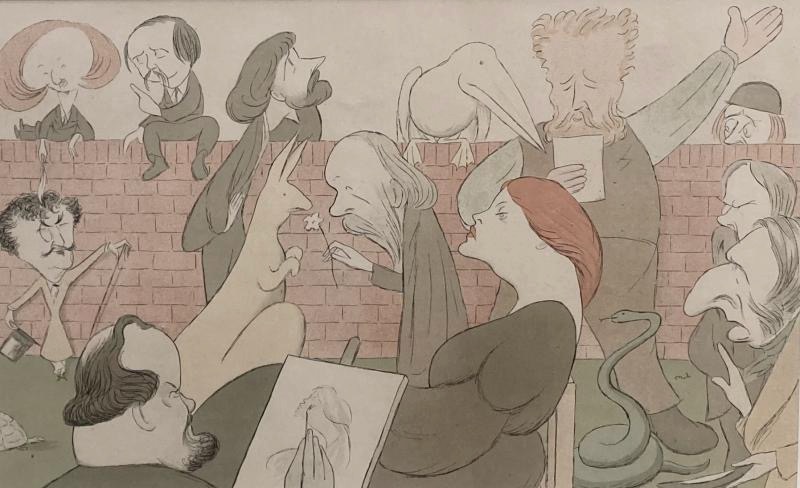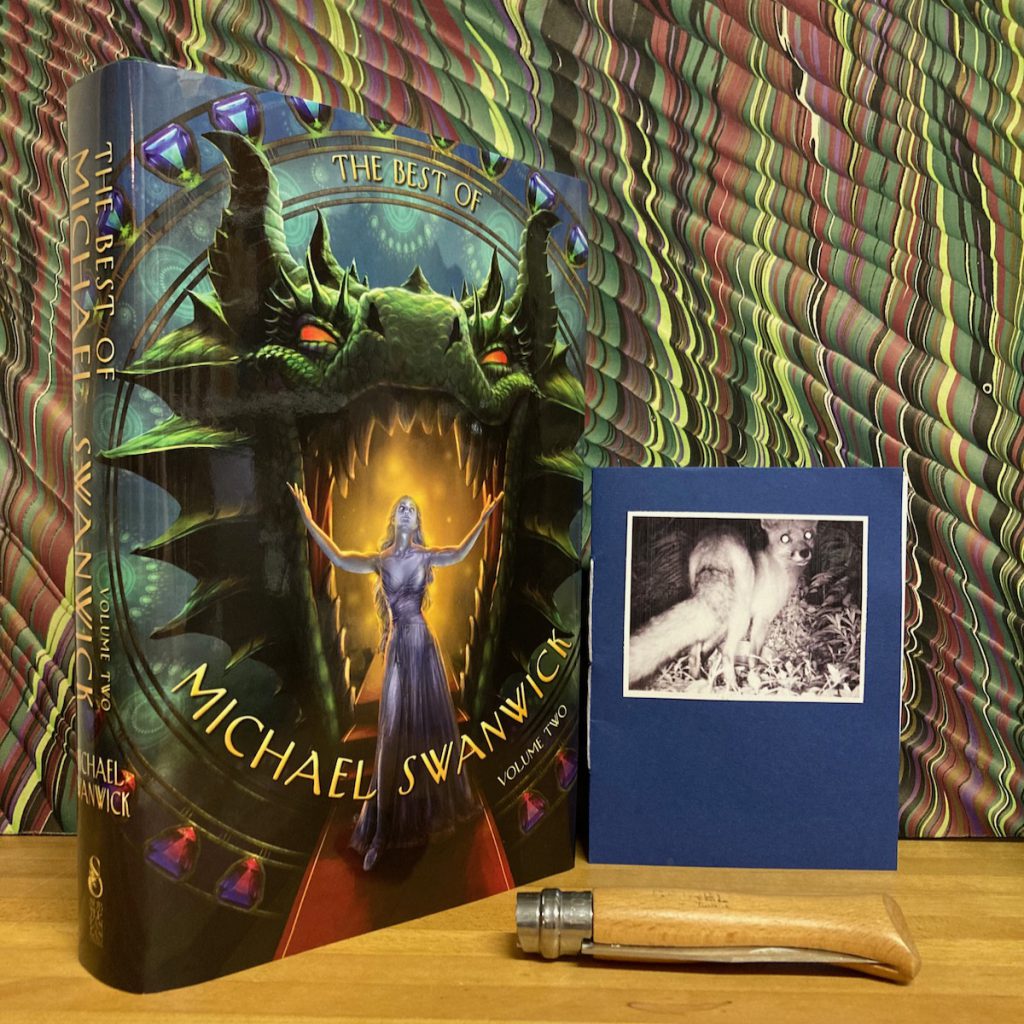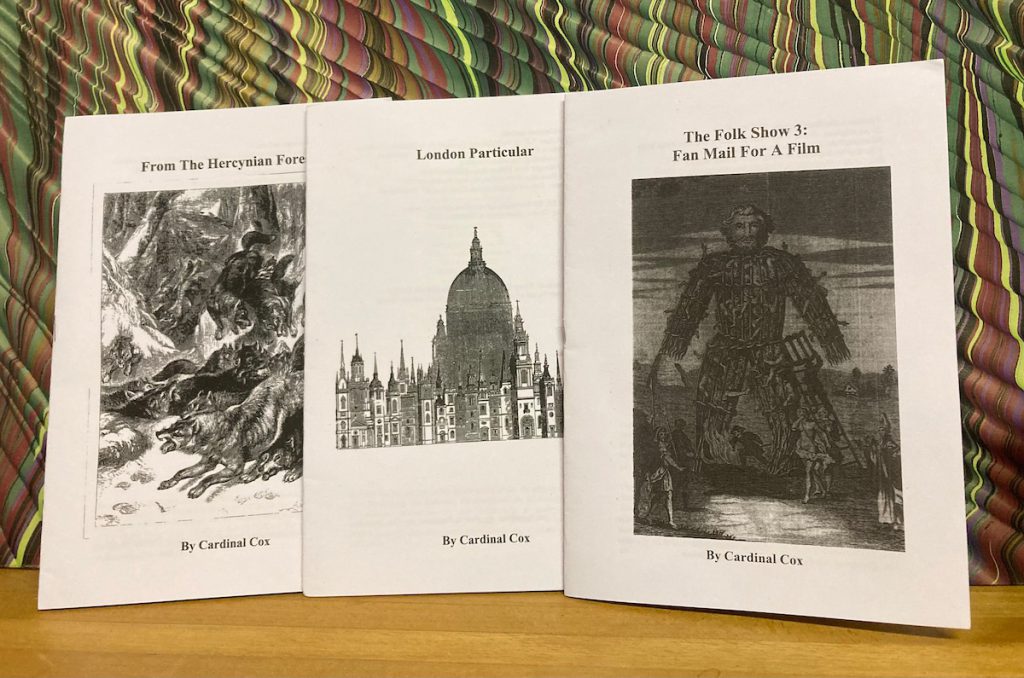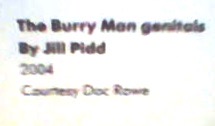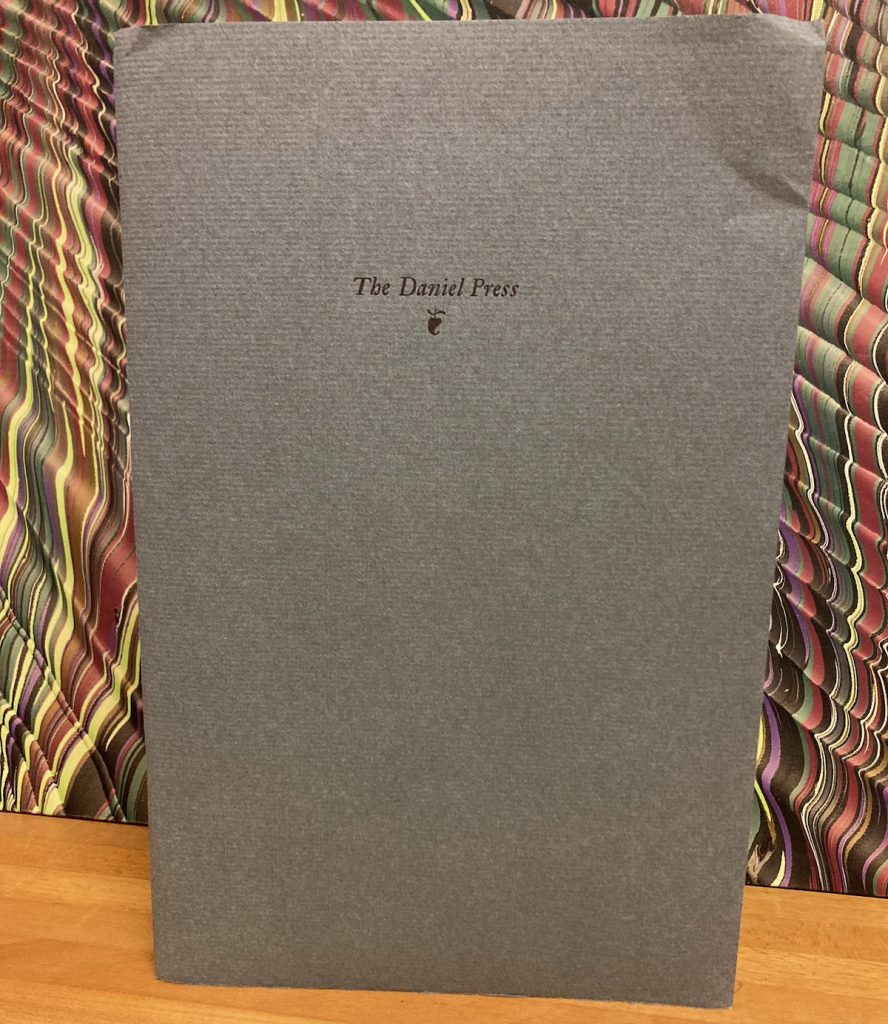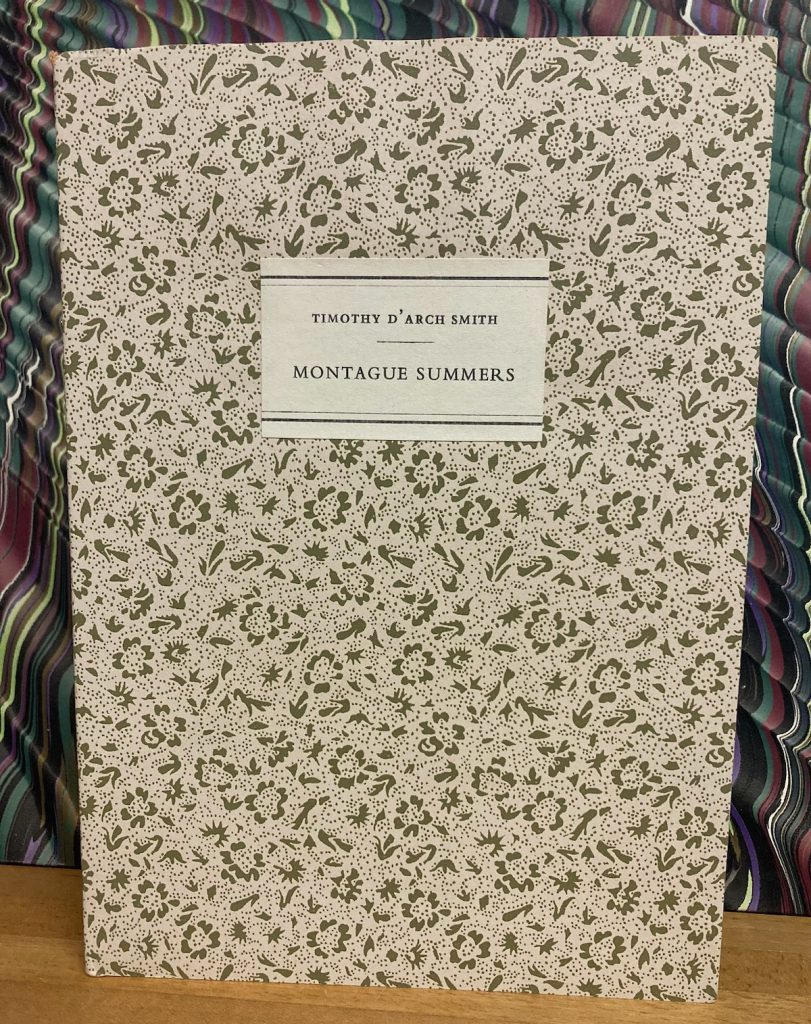
‘among the dust and shadows’
— Mark Valentine. Qx and other pieces. Zagava, 2024.
Collection of 21 fugitive short works at the boundaries of fiction and memoir (3 unpublished). The Blue Mean One — “entirely autobiographical” — is a very tricky (and funny) pub variation on the vanishing magic shop. An elegant and pleasing book to hold in the hand, and in which to read one’s way to unexpected places.
— — —
— Anthony Powell. The Valley of Bones [1964]. The Soldier’s Art [1966]. The Military Philiosophers [1968].
Re-reading The Military Philosophers, in a new light:
The Military Philosophers quotes and riffs on Proust, explicitly and by imitation ; and in the autumn of 1944 Jenkins passes through the decayed Cabourg, the original of Proust’s seaside resort town Balbec. It is, also, hilarious in its descriptions of rank and hierarchy and bureaucratic machination ; allusions range from Wagner to The Prisoner of Zenda by way of hymns and sixteenth or seventeenth century poets ; and yes, a bit dry. But the way the sentences start off in one direction and swerve, wobble, undermine, and mock, to arrive at a thought almost the polar opposite of where it began.
And now, having read Proust, I understand this note (first encountered in May 2011) rather more clearly :
“I’m reading Anthony Powell’s A Dance to the Music of Time, an hilarious and very good work. The only book I know that takes Proust’s habitual narrative gestures, Anglicizes them, and succeeds in the effort. In fact, Powell is the best critical study of Proust.”
— Guy Davenport. “Fragments from a Correspondence”, ed. Nicholas Kilmer. Arion (Third Series) 13:3 (2006), p. 106.
— — —
— Dwyer Murphy. An Honest Living [2022]. Penguin Books, [2023].
A good New York book and a pretty good rare book McGuffin to send the young lawyer on his chase (just enough to be interesting without getting too detailed or wrong).
— — —
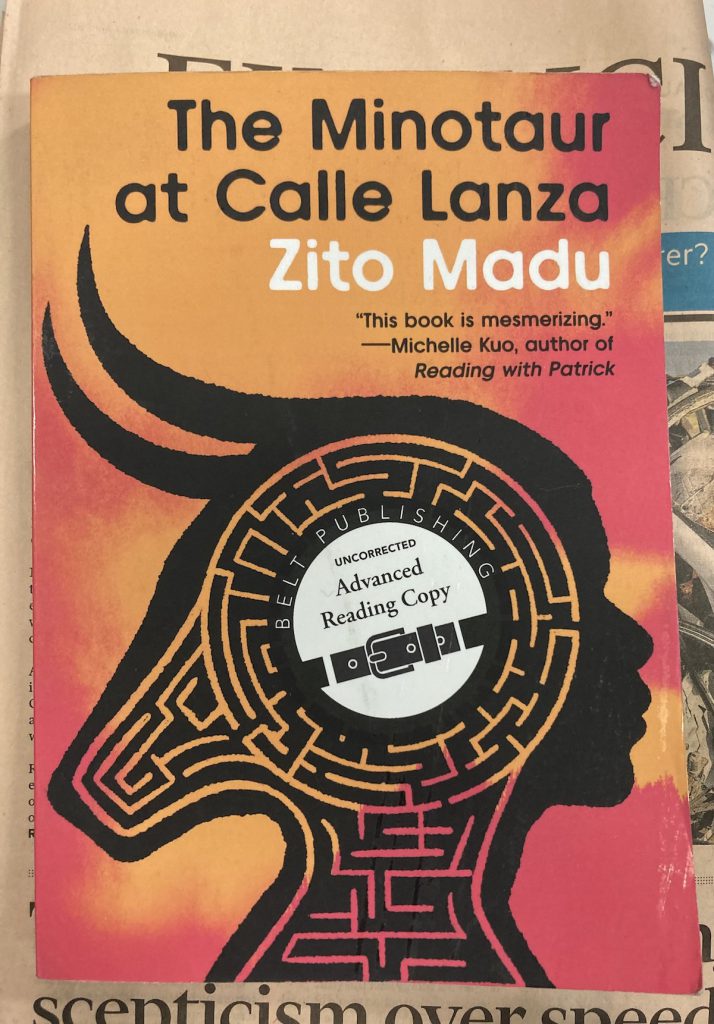
— Zito Madu. The Minotaur at Calle Lanza. Belt Publishing, [2024].
Memoir of Madu’s experiences in Venice during the first months of the pandemic. The chronicle of isolation draws upon his childhood in a Nigerian immigrant family in Detroit, and is painfully honest in his reflections upon his anger towards his father, compounded and complicated by love. And then one evening in Venice a shocking literalization of the metaphor. Concise and wrenching.

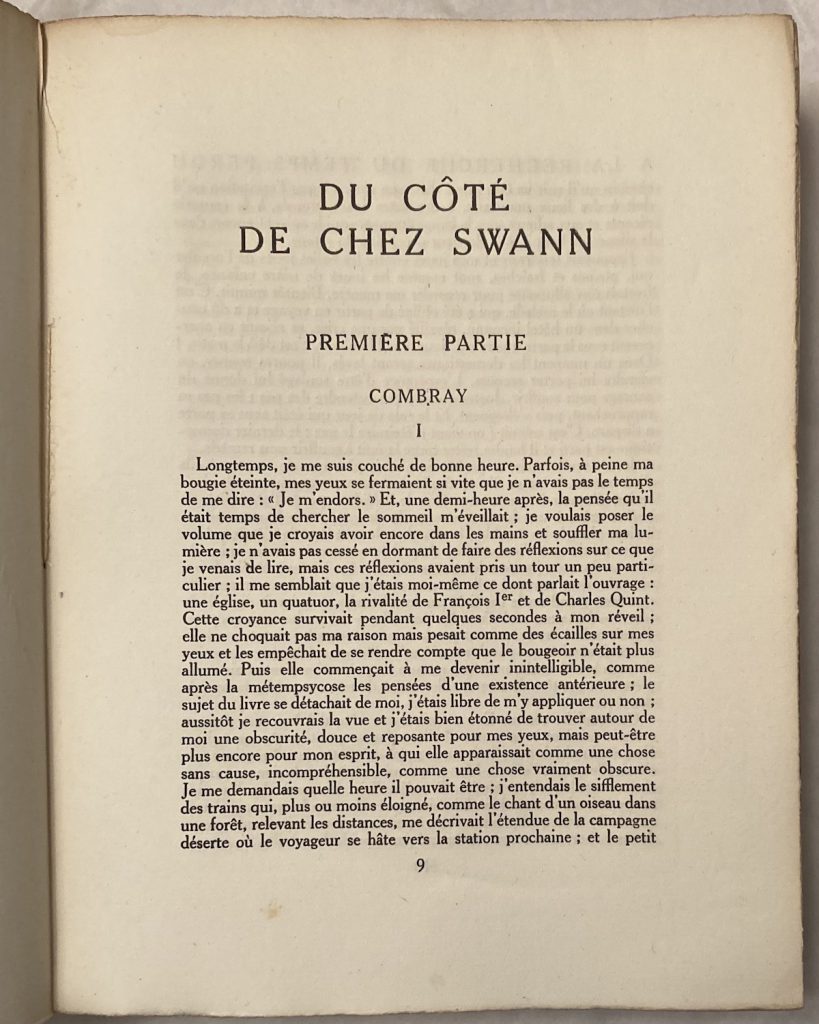
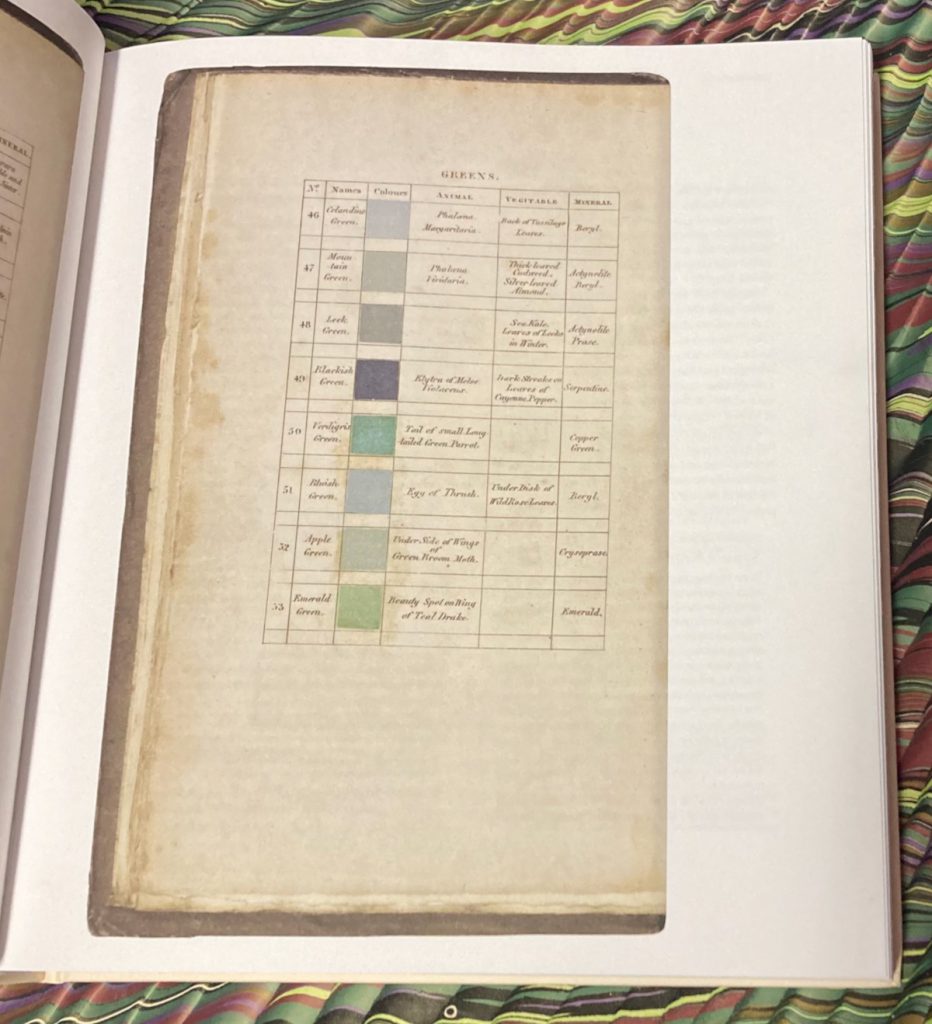
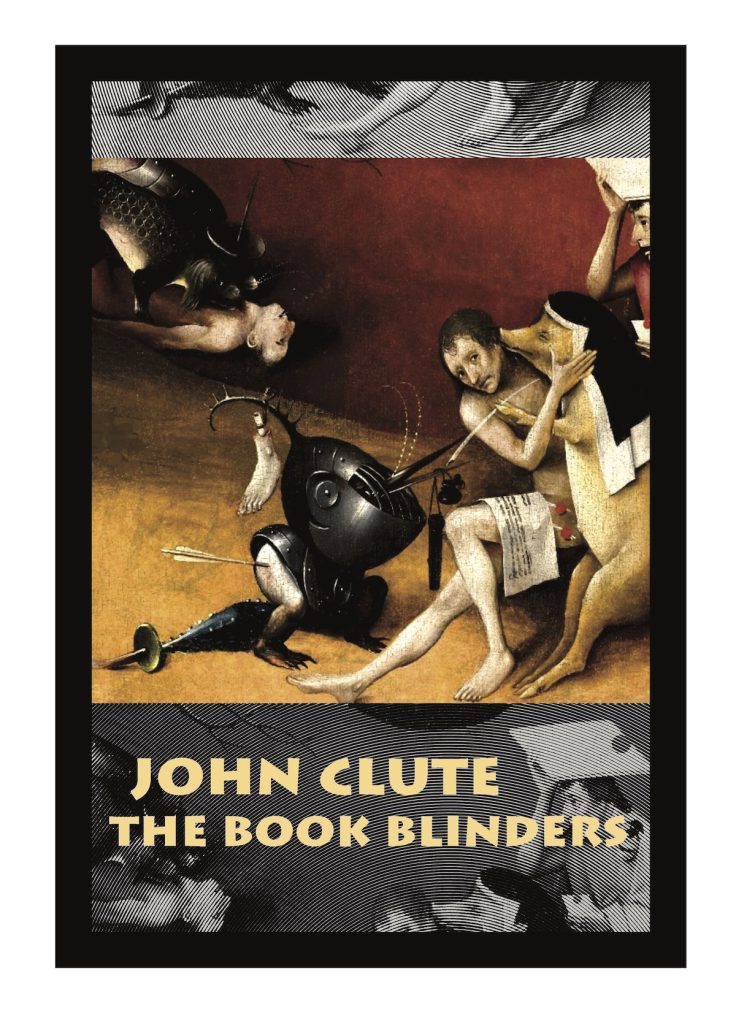
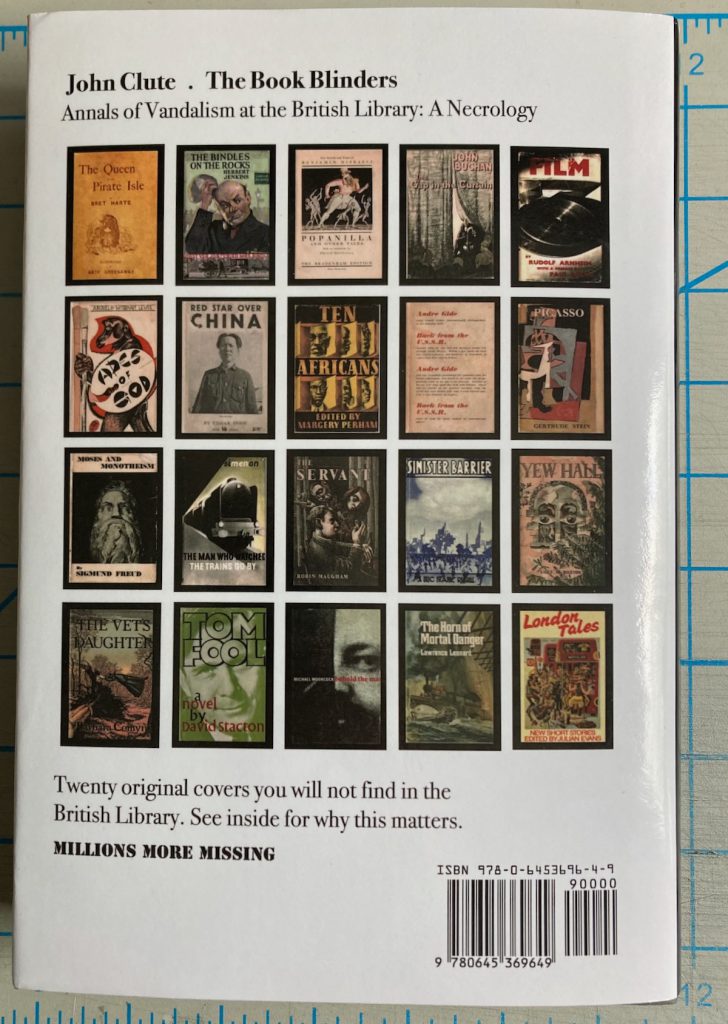
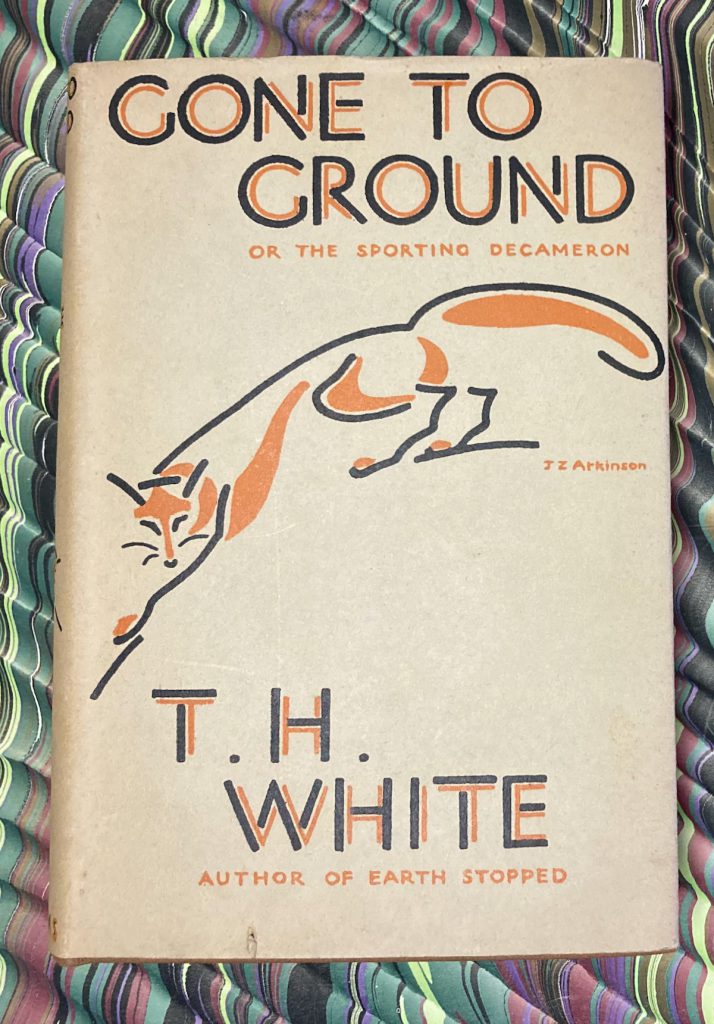
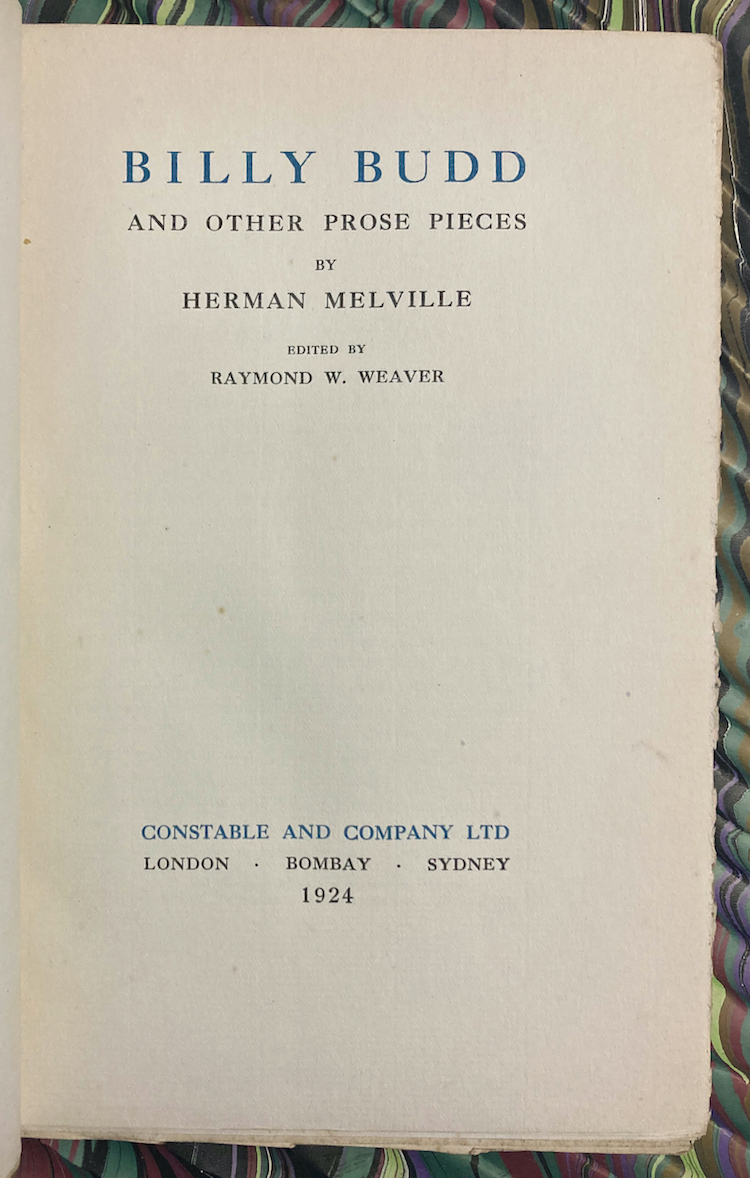 — Herman Melville. Billy Budd and Other Prose Pieces. Constable, 1924. This was Melville’s last book, unpublished at the time of his death and closely connected to his book of verse, John Marr and other sailors (1888). Billy Budd grew out of a note to “
— Herman Melville. Billy Budd and Other Prose Pieces. Constable, 1924. This was Melville’s last book, unpublished at the time of his death and closely connected to his book of verse, John Marr and other sailors (1888). Billy Budd grew out of a note to “